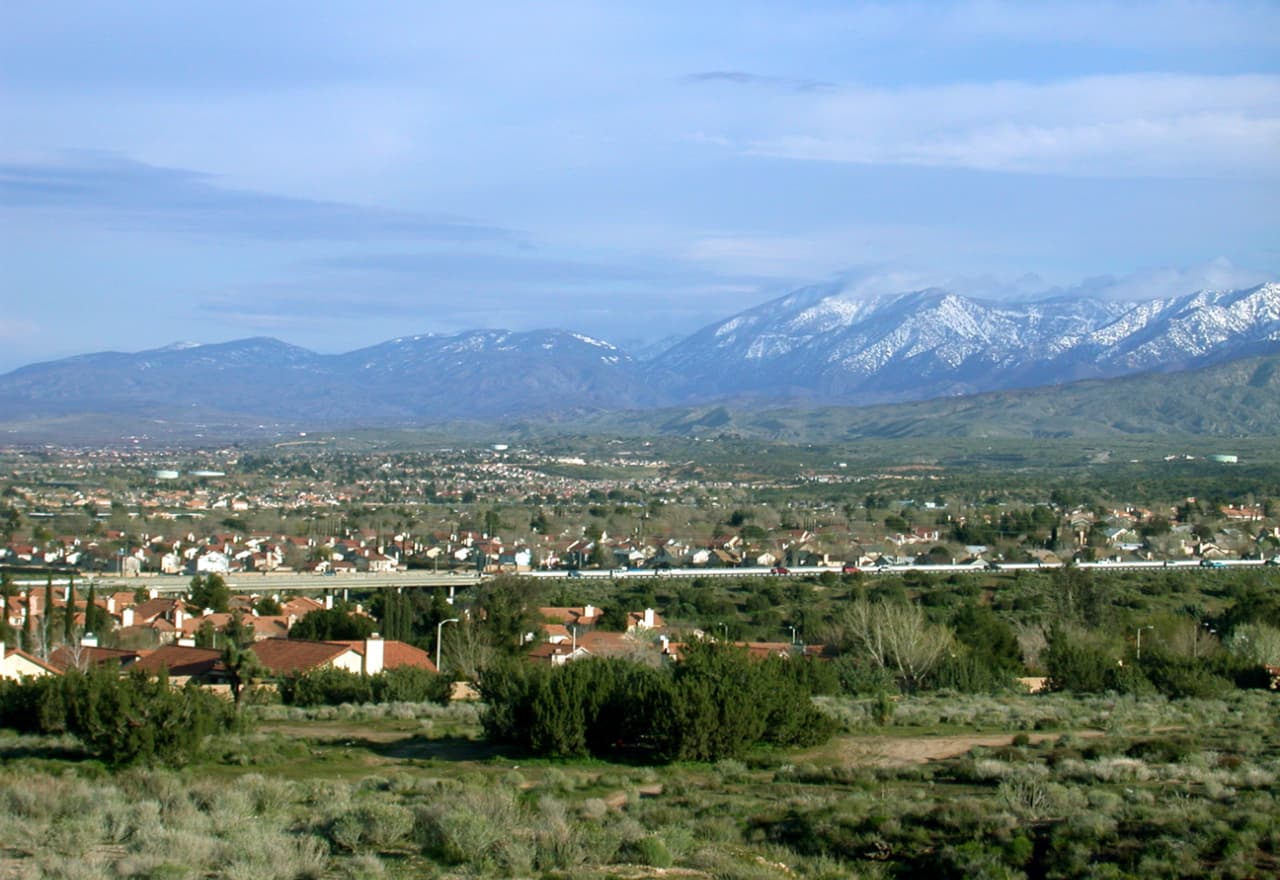Book Mobile Pet Grooming California

Praise from our satisfied customers:
Service areas in California
Landmarks
A Brief History of California
Native American Period: Before the arrival of Europeans, California was home to hundreds of Native American tribes, each with its own culture and language. They lived harmoniously with the land and resources and developed complex social and political systems. Some of the largest and most influential tribes were the Chumash, the Tongva, the Maidu, and the Miwok.
European Exploration Period: The first European to explore California was Juan Rodríguez Cabrillo, a Spanish navigator who sailed along the coast in 1542. He claimed the land for Spain but did not establish any permanent settlements. The following primary explorer was Sebastián Vizcaíno, who mapped the coast and named several places in 1602. He also reported that California was an island, a misconception that persisted for many years.
Spanish Colonial Period: The first permanent Spanish settlement in California was founded by Gaspar de Portolá and Junípero Serra in 1769. They established a chain of 21 missions along the coast, where they converted Native Americans to Christianity and taught them European skills. They also built forts (presidios) and towns (pueblos) to protect and govern the territory. Some of the most famous missions are San Diego de Alcalá, San Francisco de Asís, and San Juan Capistrano. Some of the most essential pueblos are Los Angeles, San Jose, and Monterey.
Mexican Period: California became part of the Mexican Republic after Mexico gained independence from Spain in 1821. The Mexican government secularized the missions and distributed their lands to private owners (rancheros). The ranchos became the basis of a new economy based on cattle ranching and trade. The Californios, as the Mexican residents were called, developed a distinct culture and identity. They also resisted attempts by other countries, such as Russia and France, to take over California.
United States Statehood: After winning the Mexican-American War, the United States acquired California from Mexico in 1848. The same year, gold was discovered at Sutter's Mill, sparking the California Gold Rush. Thousands of people worldwide came to California for fortune, transforming its population and landscape. California became the 31st state of the United States in 1850 as part of a compromise over slavery. Since then, California has played a significant role in American history, culture, and economy. It has led to innovation, entertainment, agriculture, and diversity.
Location & Climate
Fun Facts of California and Pets
California has more pet owners than any other state in the United States. According to a 2019 American Veterinary Medical Association survey, 65.2% of California households own at least one pet, compared to the national average of 57%. That means about 29.5 million pets in California, including 8.9 million dogs and 7.5 million cats.
California is home to the world's oldest living cat. The Guinness World Records recognizes a cat named Rubble as the most senior living cat in the world as of June 2020. Rubble was born in May 1988 and lives in Exeter, England. However, the oldest cat recorded was Creme Puff, who lived in Austin, Texas, from August 1967 to August 2005. She was 38 years and three days old when she died.
California has the most dog-friendly beaches in the United States. According to a 2020 ranking by BringFido, a website that helps pet owners find dog-friendly places, California has 76 dog-friendly beaches, more than any other state. Some of the best dog-friendly beaches in California are Huntington Dog Beach, Carmel Beach, Fiesta Island Off-Leash Dog Park, and Coronado Dog Beach.
California has a state dog and a state cat. In 2018, California became the first state to adopt an official state dog and an official state cat. The state dog is the shelter pet, which honors the millions of dogs rescued and adopted from shelters annually. The state cat is also the shelter pet for the same reason. The legislation aims to raise awareness and encourage people to adopt pets from shelters instead of buying them from breeders or pet stores.




















